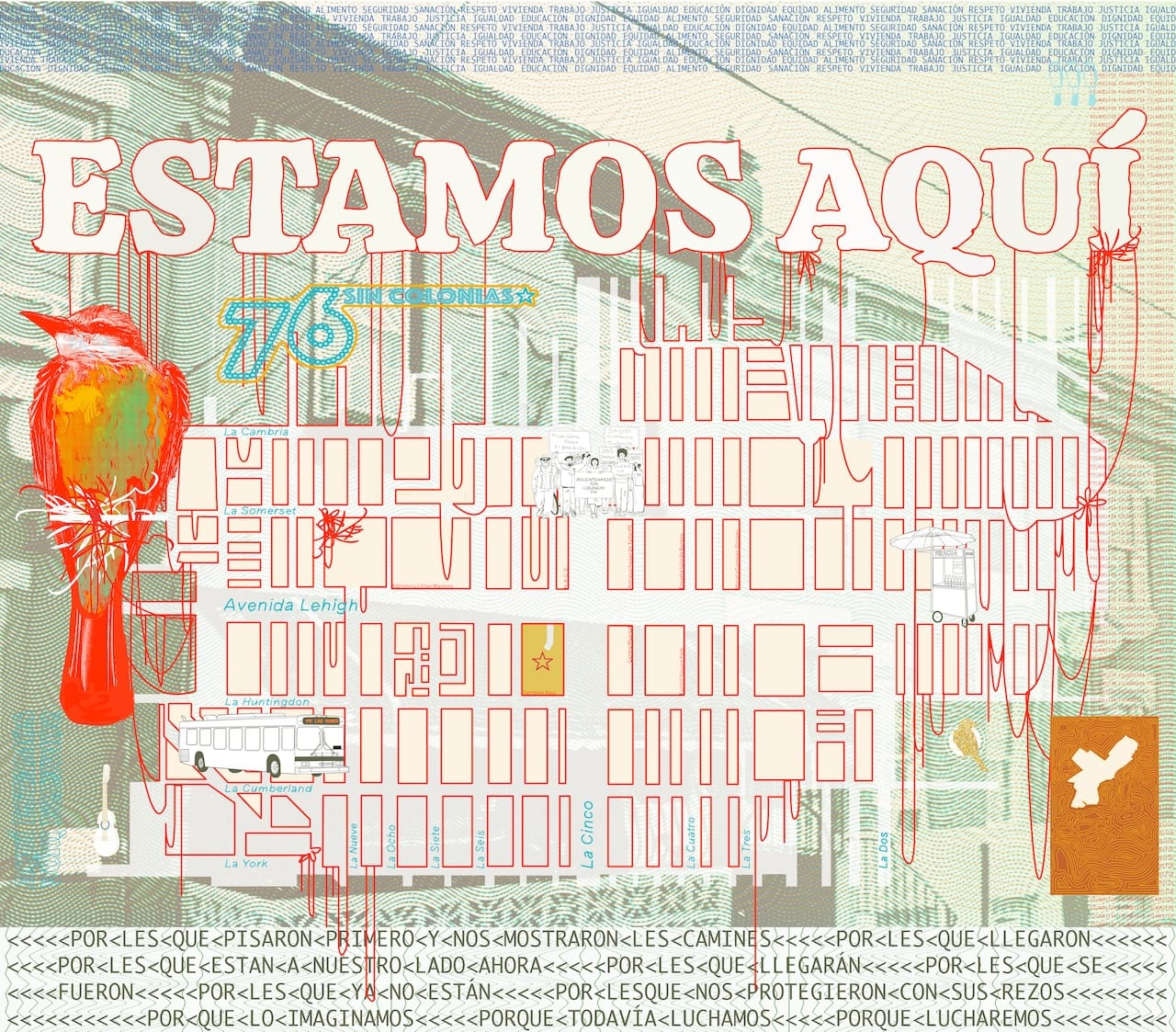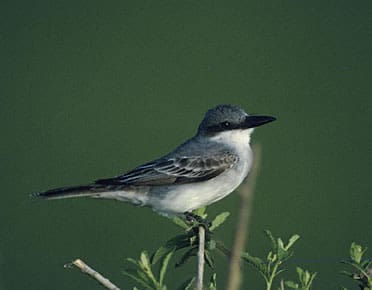ESTAMOS AQUÍ
“For the people, by the people.”
Estamos Aquí, a collaborative project between Taller Puertorriqueño, the Historical Society of Philadelphia, and artist José Ortiz Pagán, generously supported by the William Penn Foundation, stands as a testament to the power of community-driven initiatives. This multidisciplinary effort engaged community historians, architects, neighbors, artists, and activists in meaningful conversations about how to honor and discuss the Puerto Rican community in Fairhill.
The project resulted in two significant works of art, Cartografía de Otro rincón and El Maestro de Dos Mundos, inscribed with the powerful phrase "Aquí Estamos" (here we are). These artworks serve as visual representations of the forces that attracted people to the area, including the textile factories that were central to Fairhill's employment landscape. They also encapsulate the memories of what was lost, symbolized by the piterre, a sparrow native to Puerto Rico, that expresses the aspirations of many Puerto Ricans for fair treatment and recognition in both Philadelphia and Puerto Rico.
Memorializing Fairhill is a tribute to the achievements of Puerto Ricans in the area, fostering a sense of belonging, integration, and permanence. The project commemorates the community's history and contributes to the ongoing narrative of resilience and identity. Gratitude is extended to the William Penn Foundation for their invaluable support in bringing this project to life.
Philadelphia saw many Puerto Ricans arrive from the 1940s through the 1970s. The earliest Puerto Rican communities were in the Southwark, Spring Garden, and Northern Liberties neighborhoods. But through the late 60s, most Puerto Ricans moved into the Fairhill neighborhoods. They came as factory workers, tailors, cigar makers, and seamstresses. They raised families and started businesses. They became artists, politicians, religious leaders, teachers, and public advocates. Some came temporarily, and many stayed. They moved to Fairhill because they were displaced from other neighborhoods and came for opportunity and to be near family. The Puerto Rican presence shaped the contemporary story of Philadelphia. They added to its culture and created channels and entities that help Latinos of all nationalities, the LGTBQ community, and people of color feel welcomed in the city.


